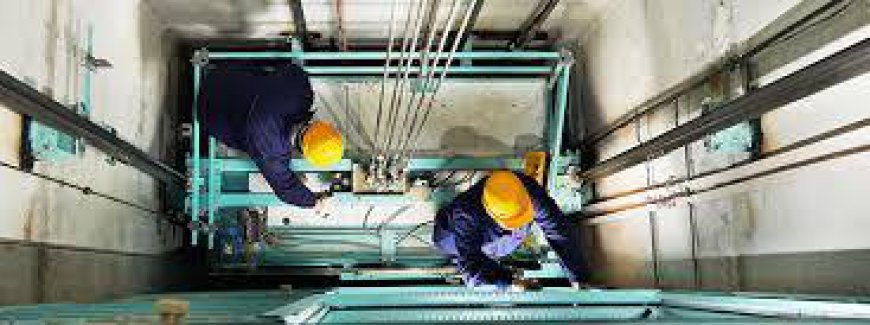Car Elevator vs. Traditional Ramps: Which is More Efficient?

When comparing car elevators to traditional ramps for parking in high-end real estate developments, several factors contribute to their efficiency. Here’s an analysis of both options:
1. Space Utilization
-
Car Elevators:
-
Vertical Parking: Car elevators maximize vertical space, allowing for more vehicles in a smaller footprint. This is especially beneficial in urban settings where land is limited.
-
No Need for Drive Aisles: With car elevators, there's no need for wide drive aisles, which can free up additional space for other amenities or landscaping.
-
Traditional Ramps:
-
Horizontal Space Requirement: Ramps require a significant horizontal area for incline, which can reduce the number of vehicles parked in a given space.
-
Drive Aisles: Traditional parking structures need drive aisles for cars to navigate, further reducing usable parking space.
2. Accessibility
-
Car Elevators:
-
Direct Access: They provide quick, direct access to parking levels without the need to navigate ramps. This is especially beneficial for those with mobility issues or heavy loads.
-
No Weather Exposure: Vehicles are sheltered from the elements during the loading and unloading process.
-
Traditional Ramps:
-
Navigation Required: Users must drive up and down the ramps, which can be time-consuming and may lead to congestion, especially in busy periods.
-
Potential for Weather Impact: Vehicles are exposed to the weather during the parking process.
3. Speed and Convenience
-
Car Elevators:
-
Rapid Transportation: Car elevators can transport vehicles quickly between floors, reducing wait times for residents.
-
Less Time Spent Parking: The ease of driving directly into the elevator reduces the time spent searching for parking spots.
-
Traditional Ramps:
-
Time-Consuming Navigation: The process of driving up and down ramps can be slower and less convenient, especially in high-traffic situations.
4. Safety and Security
-
Car Elevators:
-
Controlled Access: Many car elevators are equipped with security features that limit access to authorized users, enhancing security.
-
Reduced Traffic: With fewer vehicles navigating the parking structure, the risk of accidents is minimized.
-
Traditional Ramps:
-
Increased Traffic Flow: More vehicles moving in and out of the ramps can increase the potential for accidents.
-
Limited Control: Security may be harder to manage, as multiple vehicles are continuously entering and exiting.
5. Cost Considerations
-
Car Elevators:
-
Higher Initial Investment: The installation cost of car elevators is typically higher than that of traditional ramps due to the technology and infrastructure required.
-
Potentially Lower Operational Costs: They may reduce long-term costs associated with space and maintenance in dense urban areas.
-
Traditional Ramps:
-
Lower Installation Costs: Building traditional ramps is generally more cost-effective initially.
-
Maintenance Costs: Over time, ramps may require more maintenance due to wear and tear, especially in adverse weather conditions.
6. Environmental Impact
-
Car Elevators:
-
Energy Efficiency: Many modern car elevators are designed to be energy efficient and may have options for charging electric vehicles, aligning with sustainability goals.
-
Traditional Ramps:
-
Increased Emissions: Vehicles idling while navigating ramps can contribute to higher emissions, making them less environmentally friendly.
Conclusion
In summary, car elevators generally offer more efficiency in terms of space utilization, accessibility, speed, and security compared to traditional ramps. While the initial investment may be higher, the long-term benefits of convenience, safety, and potential operational savings often outweigh the drawbacks. Traditional ramps may be more cost-effective initially, but they can lead to challenges related to space, traffic flow, and safety in high-density developments. Ultimately, the choice between the two options depends on the specific needs of the development, budget considerations, and the target market.

 muslim
muslim